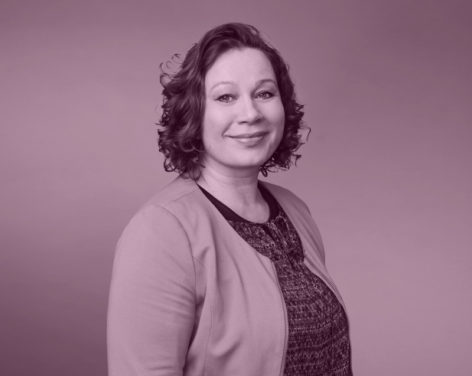Population policy has been a hot topic this autumn, and no wonder. According to a recent report by the Family Federation of Finland, we are currently experiencing a demographic change. With proportionally fewer working-age people in the future, everyone’s individual potential must be supported throughout their lives. How can we keep people healthy and working as long as possible? The ongoing European Online Week of Active and Healthy Ageing (EWAHA 2020) is bringing more focus on this important theme.
According to the Family Federation, low population density is one of Finland’s biggest challenges in the coming decades. Well-being, health and the ability to function are linked to place of residence. Reducing regional inequality is therefore an important aspect of the health and social services reform – a massive national undertaking currently in the works – which aims to focus resources on areas with highest mortality and income inequality.
For almost fifteen years, experts and decision-makers have been in agreement on the necessity and goals of the health and social services reform. After several false starts, this time the goal seems closer than ever. Expectations are high for the new model to help improve Finnish health services.
Structural reform is required to ensure the availability and higher quality of services. It will require a well-functioning public-private partnership based on trust. Luckily, Finland has long traditions in such partnerships, with positive experiences from insurance companies, for example: they are responsible for statutory occupational pension insurance as well as the statutory accident, traffic and patient insurances. This kind of cooperative spirit will be needed in the future as well.
Years of back and forth on the different possibilities for the health and social services reform has led to Finns taking private health insurance policies that enable quick access to care in an institution chosen by the policyholder or recommended by the insurance company. The number of such insurance policies recently rose to a new record, indicating that people are worried for their healthcare.
Third-weakest elderly dependency ratio in the world
Birth rates in Finland have fallen over the last ten years, while life expectancy has risen. According to the Family Federation it is such a substantial shift in society that solutions for the problems it causes need to be sought on a wide scale. Finland has a partially funded pension system, which means that the size of the workforce has a great significance for financing pension payments. As the proportion of working-age population shrinks, it therefore also puts more pressure on the pension system.
The labour market and work itself have also evolved. A wide range of projects, fragmented careers and continually transforming job descriptions do add to pensions, but they can also make notches in pension accumulation. From the viewpoint of security and risks, these notches should be covered; with own funds if nothing else. Statutory security is the best kind of security, but it may not always be enough. Our lives can take very different paths, so we need ways to prepare for old age beyond the statutory pension system.
A service promise from the society would be a fair indication of what public health and social services will actually provide. What can public services do, and what is up to the individual? Do we have to be prepared to self-finance the services we require?
In its report, the Family Federation emphasises that social and economic sustainability depend on ecological sustainability, referring to the UN sustainable development goals as the undisputed starting point of population policy for the 2020s. The climate crisis must be fought without exacerbating social inequality. The objective must be to ensure the well-being of the nation as well as a balance between ecological and economic sustainability.
Japan has adapted to its rapid demographic change by increasing work participation; the decline in the working-age population has been offset by rising employment rates for women and older citizens. According to the Family Federation of Finland, Japan’s employment rate for men over the age of 65 is now 60 per cent, up by ten percentage points over the past five years.
In terms of health and mortality, Finland has succeeded in reducing inequality. Yet large differences still exist between income, education, regions and genders. How to prevent exclusion is another important question. These are not just words, but important choices of life and death realising as a price tag for society.
Rapidly increasing rates of mental health issues are a new societal problem in Finland. They have been the most significant reason for disability pensions since 2019. The sharp rise is particularly acute for those under 40 and over 60, especially among women.
The social exclusion of adolescent men has also raised much concern. Studies show that education protects against exclusion, and fortunately, good practical experiences from tackling mental health problems already exist. In FFI’s round table discussion in June, FFI Managing Director Piia-Noora Kauppi proposed a broad cooperation by different sectors in order to reverse the growing trend in mental health issues. Experience of such cooperation dates back to the 1960s when a sharp increase in road deaths and injuries was cooperatively reversed under the auspices of the President. Similar action is needed now.
Still have questions?
|Contact FFI experts



